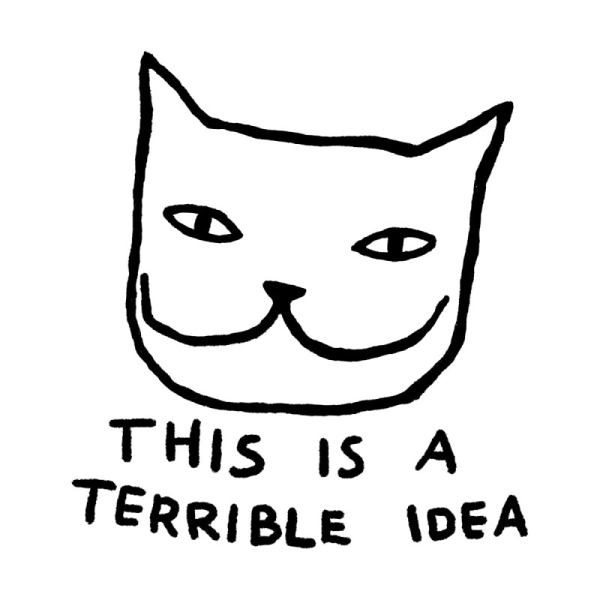This is a very fun representation of how small our planet is compared to other known objects in space. You can move left and right, and I dare you not to be amazed:

As an artist, I am often asked how I find ideas for what to draw. The answer is that I draw what I love. I very much like reading about space and looking at the night sky, so that’s why I painted this:

Space is one of the two main things that I draw. The other is, of course, cats.
